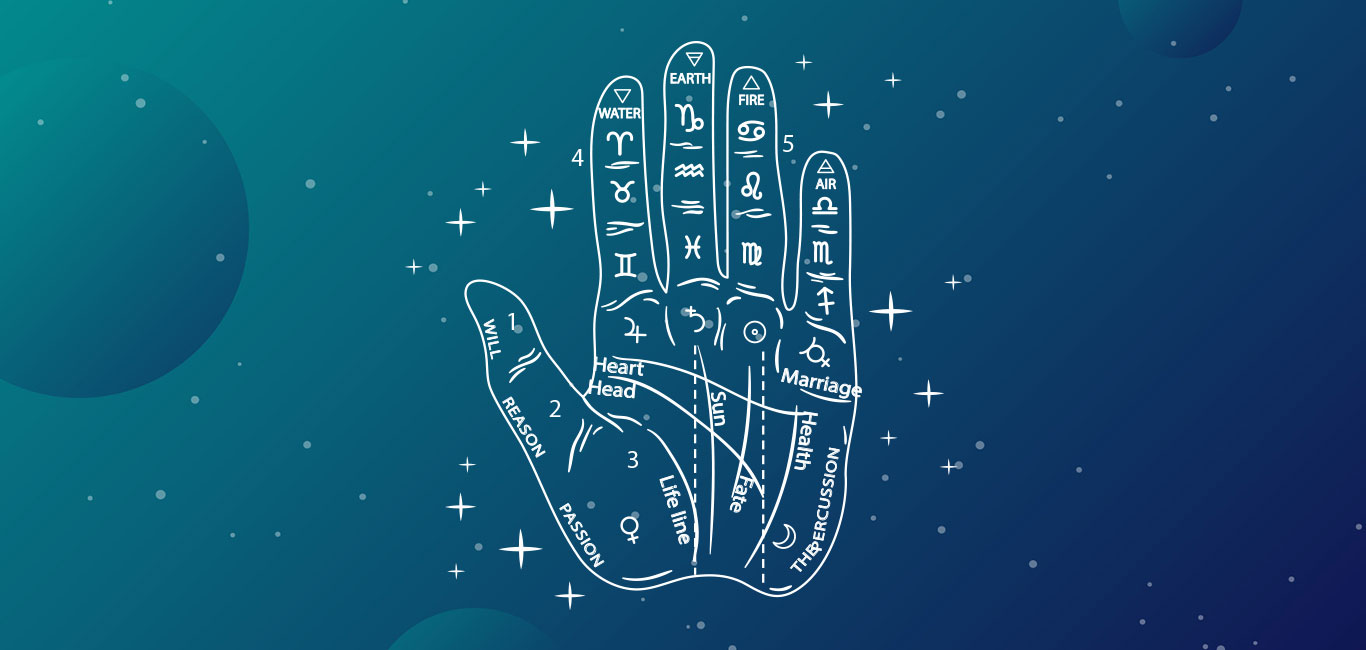Palmistry, or hand reading, has been used for centuries as a way to forecast someone’s personality and future. People believe that the lines on your palms reveal important information about you. The shape, size, and placement of these lines tell a story about your life-line, emotional stability, creativity, and character. Palmists use these lines to answer questions like: are you capable of handling pressure? How does your personality compare to others? Will you be successful in life? The answers may surprise you! Here are some tips on how to read palms for yourself and what they say about you.
What is Palmistry
Palmistry is similar to astrology in that both are ways to make predictions about the future based on the movements and life of the planet the Sun revolves around. When the Sun is in the sign of Taurus, it’s in the sign of Libra, it’s in Cancer, etc. The difference is that palmistry uses the lines and veins in your hands. If you were born in Taurus, you have Taurus sun in your Taurus hand, which means your power and focus is always in your nature. If you were born in Libra, you have Libra sun in your Libra hand, which means your power and focus is not always in your nature. Sun in a specific hand will be in the same sign for the rest of your life. How to Read a Palm for Yourself Palmistry is very interactive and can be a little tricky to get the hang of at first.
The Lines on Your Palm
Keep your palms facing toward you and lift them high. The top lines, located near the tip of the thumb, are known as the pointer line and the thumb line. The middle lines, at the base of the thumb, are known as the callus lines and the pointer lines. These two lines, the palm lines, point from the middle of your palms to your forearms. The “axial” lines are the lines that extend upward from the back of your hands and are considered to be the “heart” lines. These lines are also known as the “inside of your hands.” This is the area of your body that you use most. Try to point your palm to the sky when you examine these lines. You are calm, strong, and able to adapt easily to change. The palm lines may appear to be straight but they are not.
How to Read Your Own Palms
Many people have already learned the basic rules of palmistry. You can learn them by taking a close look at the photographs on the left. Learn about a person’s nature and the story that the hands have to tell. Now, let’s see how you can determine your own palm’s story. Look at the illustration on the right and you’ll see your hands in the picture. Your hands will look a lot like the hands on the left except that your arms will be straight and you will be looking in the mirror. From the middle of your right palm, where your finger meets your hand, you will see three lines. The top line is the leg line and is typically straight. The middle line is the waist line, and is usually slightly curved. The bottom line is the shoulder line, and it will curve inwards a bit towards the left hand.
Which Hand to Start With
Some palmists use the left hand while others use the right hand. The first question that should always be asked is, which hand is easiest to see your palms? Your palm in the right hand will look like the top of a book. The left hand will be flatter and will resemble a flat table top. Most palmists use the right hand because it will give you more interesting insights. First a palmist should read your left palm. He/she will write down all the important facts that are written in the lines on your left hand. Usually, the information given in the lines is done in a monotonic font, which means it is written with an even and firm hand. The lines that you see in your hand are like bars in your manuscript; they divide the manuscript into sections.
The Meaning of Each Line
Every line on the palm has two sides. On one side, you have lines that will face downward when you hold your hand in front of your body. The other side has the upward side of the palm that will face upward when you hold your hand at your side. You can get a good idea of each side of the palm by imagining the lines as two sliding doors—one is opened, and the other is closed. Which one is open? Opening The lines on your palm are open, indicating an open mind. People with open palms view the world with fresh eyes. They think in a creative, uplifting way. They are good at solving problems. Closing The lines on your palm are closing, indicating a closed mind. Someone with closed palms will often take things too seriously and rarely see the good in life.
How to Read Someone Else’s Palms
You may feel overwhelmed trying to decode someone else’s palm lines. There are many palmistry websites that sell personal palm readings or palms for hire, but these are only interpretations. That’s like judging someone’s morals or their personality based on a glance at their driver’s license! Using your intuition and the language of the hand to read someone else’s palm is more effective and satisfying than simply picking up someone’s phone or walking up to them at the local coffee shop. Start by asking someone to take their hand and give you a visual representation of their palm. You may be required to write down the information they give you, or you may be able to read the palm through their fingers, palms, or even their wrist.
Conclusion
We hope you find these resources helpful! It’s fun to explore different methods of finding out more about yourself and what is going on in the world. Have you taken your hands and put them to the test? If so, let us know how you’re doing in the comments! If you’re new to palmistry, let us know your insights on our Facebook page!

